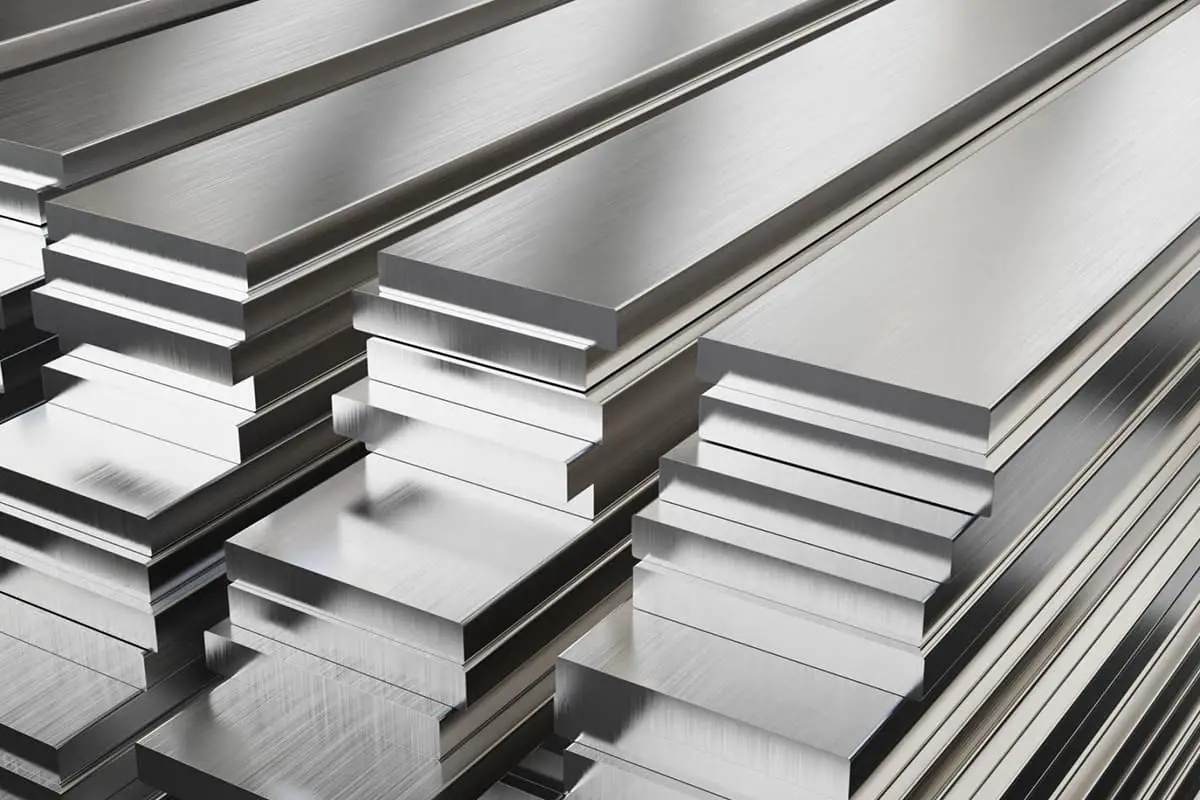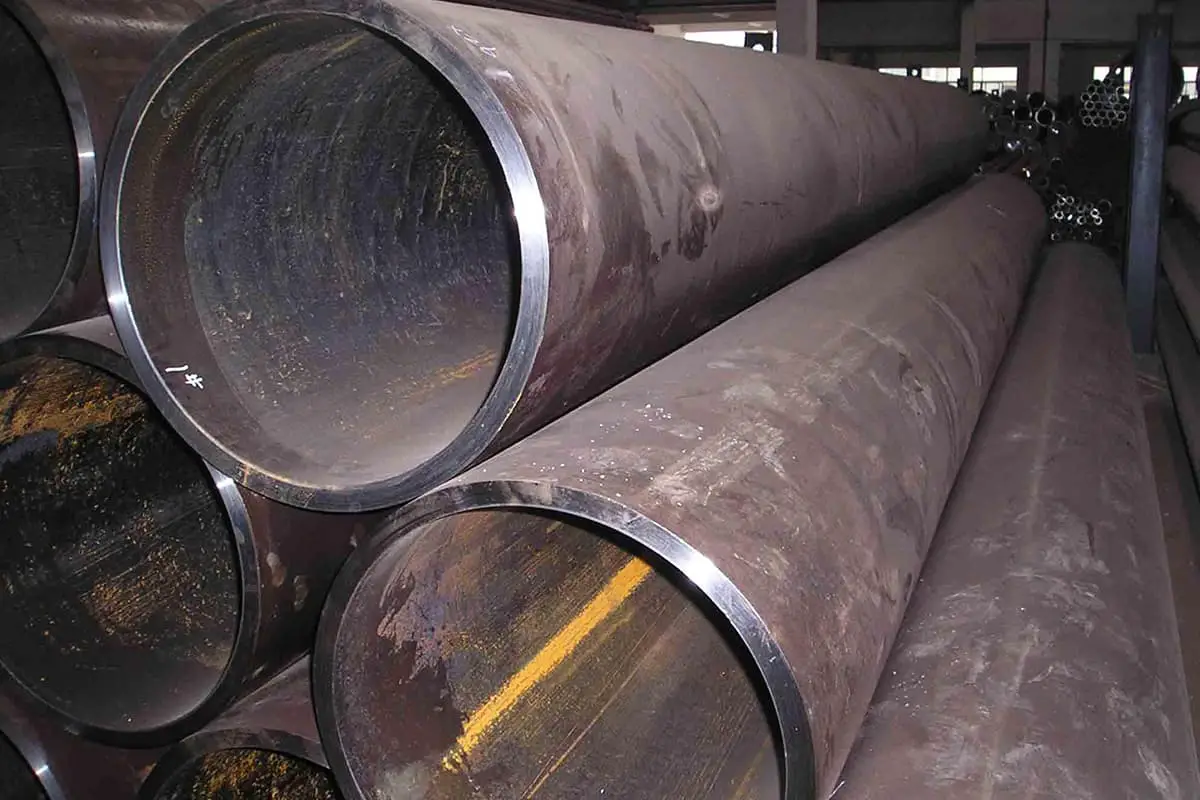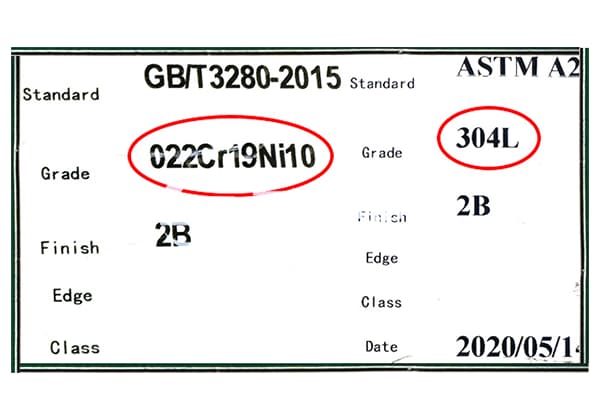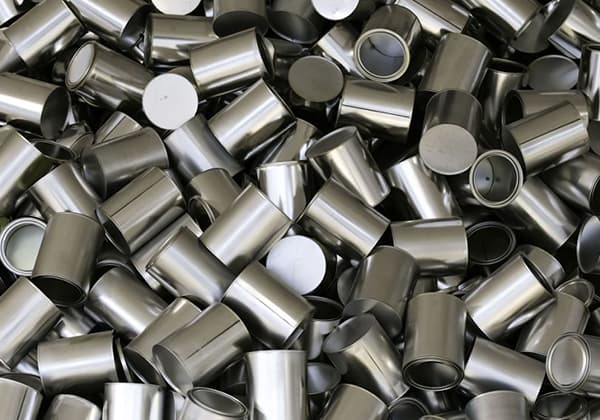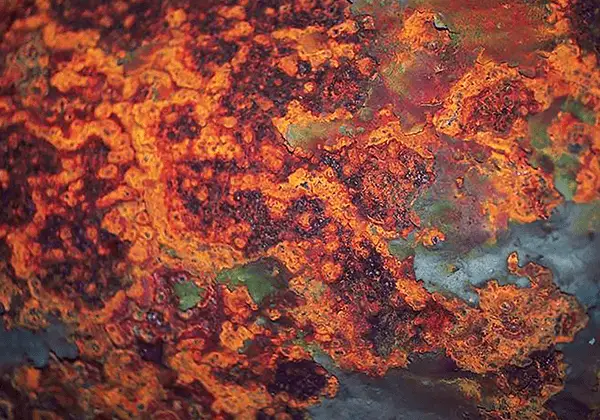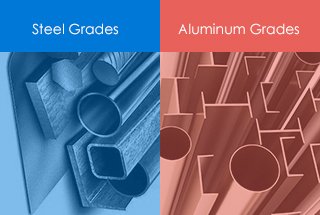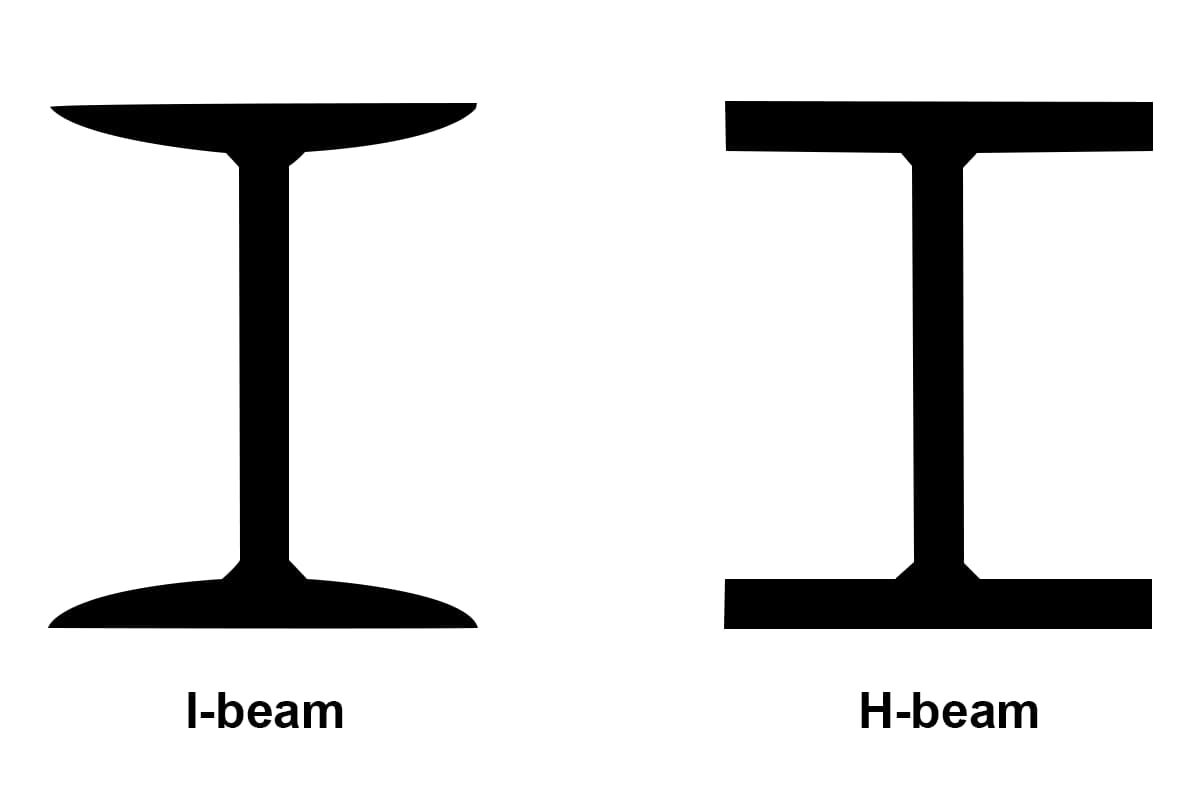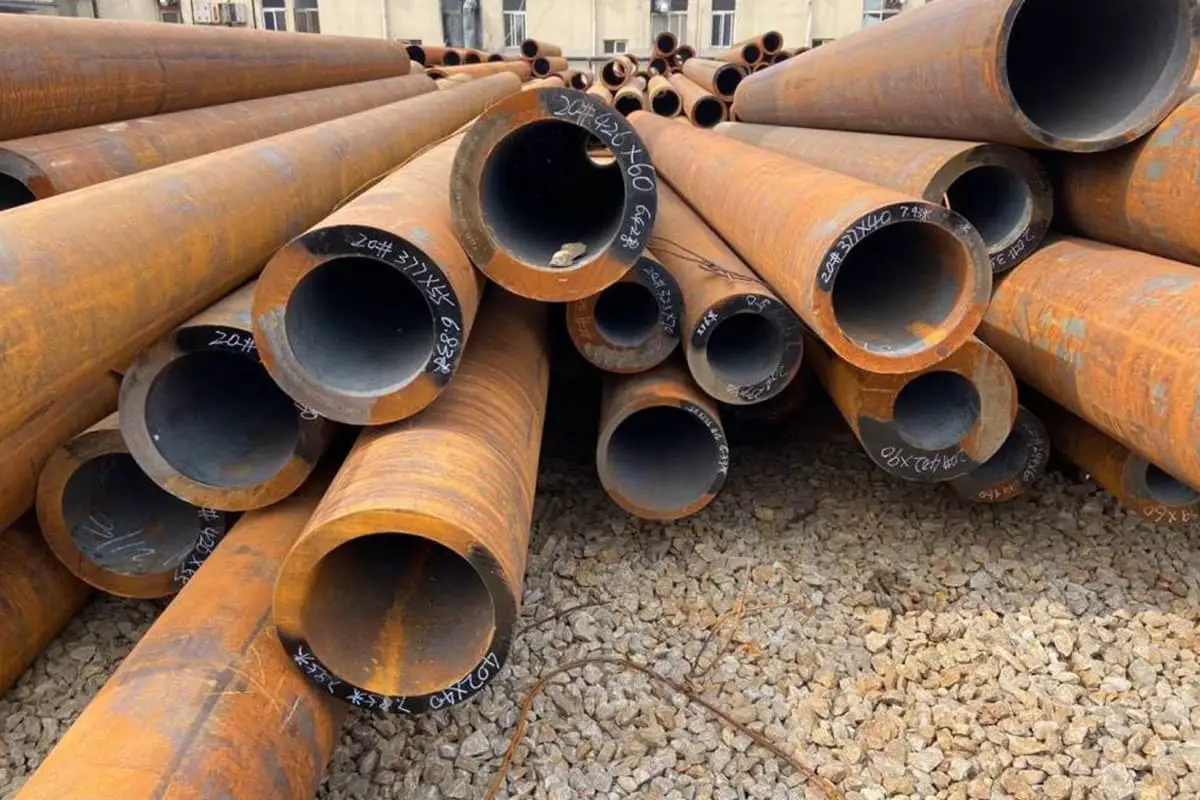
I. Overview of Steel Grade Representation in China The abbreviation for the designation of steel is ‘steel grade’, representing the name given to each specific steel product and serving as a common language for understanding steel. The method of representing steel grades in China, as stipulated in the national standard “Method for Representation of Steel […]
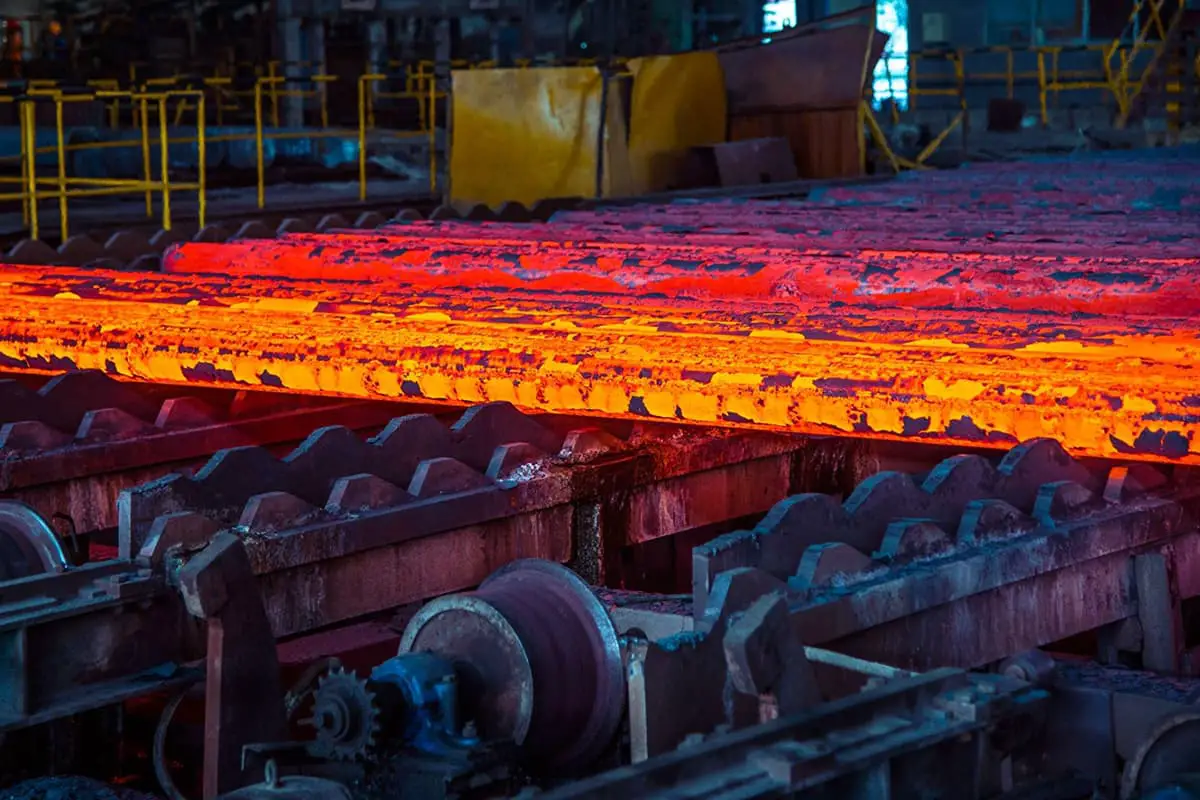
The abbreviation for the designation of steel is ‘steel grade’, representing the name given to each specific steel product and serving as a common language for understanding steel.
The method of representing steel grades in China, as stipulated in the national standard “Method for Representation of Steel Product Grades” (GB221-79), employs a combination of Pinyin letters, chemical element symbols, and Arabic numerals. Specifically:

1. In the steel grade, chemical elements are represented using international chemical symbols, like Si, Mn, Cr, etc. Mixed rare earth elements are denoted as “RE” (or “Xt”).
2. Product names, uses, smelting and casting methods, etc., are generally represented using abbreviated Pinyin letters, as shown in the table.
3. The main chemical element content (%) in the steel is represented using Arabic numerals.
i. Composed of Q+ number + quality grade symbol + deoxygenation method symbol. The steel number is prefixed with “Q”, denoting the yield point of the steel, followed by a number representing the yield point value in MPa. For instance, Q235 denotes a carbon structural steel with a yield point (σs) of 235 MPa.
ii. If necessary, symbols indicating the quality grade and deoxygenation method can be appended to the steel number. The quality grade symbols are A, B, C, and D respectively.
The deoxygenation method symbols are: F for boiling steel; B for semi-killed steel; Z for killed steel; TZ for special killed steel. Killed steel does not require a symbol, meaning neither Z nor TZ need to be marked. For example, Q235-AF represents A-grade boiling steel.
iii. Carbon steels for specific purposes, such as bridge steel or marine steel, are generally displayed using the carbon structural steel notation, but a letter indicating the intended use is added at the end of the steel number.
i. The first two numbers in the steel number denote the carbon content of the steel, expressed as a percentage of the average carbon content. For example, steel with an average carbon content of 0.45% has the steel number “45”. It’s not a sequential number, so it shouldn’t be read as “number 45 steel”.
ii. High-quality carbon structural steels with a high manganese content should note the manganese element, such as 50Mn.
iii. Boiling steel, semi-killed steel, and high-quality carbon structural steel for specific purposes should be specially marked at the end of the steel number. For example, the steel number for semi-killed steel with an average carbon content of 0.1% is 10b.
① The steel grade is prefixed with “T” to differentiate it from other types of steel.
② The number in the steel grade indicates the carbon content, expressed as a percentage of the average carbon content. For instance, “T8” signifies an average carbon content of 0.8%.
③ For those with a higher manganese content, “Mn” is added at the end of the steel grade, such as “T8Mn”.
④ High-grade premium carbon tool steel with lower phosphorus and sulfur content than standard premium carbon tool steel is denoted by adding an “A” at the end of the steel grade, for example, “T8MnA”.
① The steel grade is prefixed with “Y”, distinguishing it from premium carbon structural steel.
② The number following the letter “Y” indicates the carbon content, represented as a percentage of the average carbon content. For instance, free-cutting steel with an average carbon content of 0.3% has the steel grade “Y30”.
③ For those with a higher manganese content, “Mn” is appended to the steel grade, such as “Y40Mn”.
① The first two digits of the steel grade denote the carbon content, represented as a percentage of the average carbon content, like 40Cr.
② The primary alloying elements in the steel are generally expressed as a percentage, excluding certain micro-alloying elements. When the average alloy content is <1.5%, only the element symbol is typically indicated in the steel grade without specifying the content.
However, in cases prone to confusion, the element symbol may be followed by the number “1”, such as “12CrMoV” and “12Cr1MoV”. The former has a chromium content of 0.4-0.6%, while the latter has 0.9-1.2%, with all other components being identical.
When average alloy content is ≥1.5%, ≥2.5%, ≥3.5%, etc., the content should be indicated after the element symbol, which can be correspondingly represented as 2, 3, 4, etc., for instance, 18Cr2Ni4WA.
③ The alloy elements in steel, such as vanadium (V), titanium (Ti), aluminum (Al), boron (B), and rare earths (RE), are all micro-alloy elements. Despite their low content, they should still be indicated in the steel grade. For example, in 20MnVB steel, vanadium accounts for 0.07-0.12%, and boron for 0.001-0.005%.
④ High-grade premium steel should have an “A” appended to the steel grade to distinguish it from standard premium steel.
⑤ For specialized alloy structural steel, the steel grade is prefixed (or suffixed) with a symbol representing its particular use. For example, the steel grade for 30CrMnSi steel, specifically used for rivet screws, is denoted as ML30CrMnSi.
① The method of steel grade representation essentially aligns with that of alloy structural steels.
② For professional-grade low-alloy high-strength steels, the intended application should be indicated at the end of the steel grade. For instance, 16Mn steel specialized for bridge construction is designated as “16Mnq”; for automobile long beams, it’s “16MnL”, and for pressure vessels, it’s “16MnR”.
Spring steels can be categorized into carbon spring steels and alloy spring steels based on their chemical composition. The steel grade representation method is generally the same as high-quality carbon structural steels for the former, and alloy structural steels for the latter.
① The steel grade is prefixed with the letter “G”, signifying it is a rolling bearing steel.
② For high-carbon chromium bearing steels, the carbon content isn’t specified in the steel grade; the chromium content is represented in parts per thousand. For instance, GCr15. The steel grade representation method for carburizing bearing steels is fundamentally the same as that for alloy structural steels.
① For alloy tool steels, when the average carbon content is ≥1.0%, it is not specified; when the average carbon content is <1.0%, it is represented in parts per thousand. For example, Cr12, CrWMn, 9SiCr, 3Cr2W8V.
② The representation method for alloy element content in the steel is generally the same as that for alloy structural steels. However, for alloy tool steels with lower chromium content, the chromium content is represented in parts per thousand and is prefixed by “0” to distinguish it from the typical representation in percentage terms. For example, Cr06.
③ For high-speed tool steels, the steel grade generally does not specify carbon content, only the average percentage content of various alloy elements. For instance, a tungsten series high-speed steel is denoted as “W18Cr4V”. Steel grades prefixed with the letter “C” indicate a higher carbon content than the steel grades without a “C” prefix.
① The carbon content in the steel grade is expressed in thousandths. For instance, the average carbon content in “2Cr13” steel is 0.2%. If the carbon content in the steel is ≤0.03% or ≤0.08%, it is denoted by “00” and “0” respectively before the steel grade, such as in 00Cr17Ni14Mo2 and 0Cr18Ni9.
② The primary alloy elements in the steel are represented in percentages, while titanium, niobium, zirconium, nitrogen, etc., are marked as per the representation method of micro-alloy elements in the aforementioned alloy structural steel.
Its steel grade is prefixed with the letter “H” to distinguish it from other steel types. For example, the stainless steel welding wire “H2Cr13” can be differentiated from stainless steel “2Cr13.
① The steel grade consists of letters and numbers. The prefix “DR” denotes hot-rolled silicon steel for electrical use, “DW” signifies cold-rolled non-oriented silicon steel, and “DQ” indicates cold-rolled grain-oriented silicon steel.
② The numbers following the letters represent 100 times the iron loss value (W/kg).
③ If the steel grade ends with the letter “G”, it means it has been tested at high frequency; if it doesn’t end with “G”, it means it has been tested at a frequency of 50 Hz.
For instance, the steel grade DW470 denotes that the maximum unit weight iron loss value of the non-oriented cold-rolled silicon steel product is 4.7W/kg at a frequency of 50Hz.
① Its grade is composed of the letters “DT” and numbers. “DT” stands for Electrical Pure Iron, and the numbers indicate the sequential number of different grades, for example, DT3.
② The letters added after the numbers denote electromagnetic properties: A–Advanced, E–Superior, C–Supreme, for example, DT8A.

